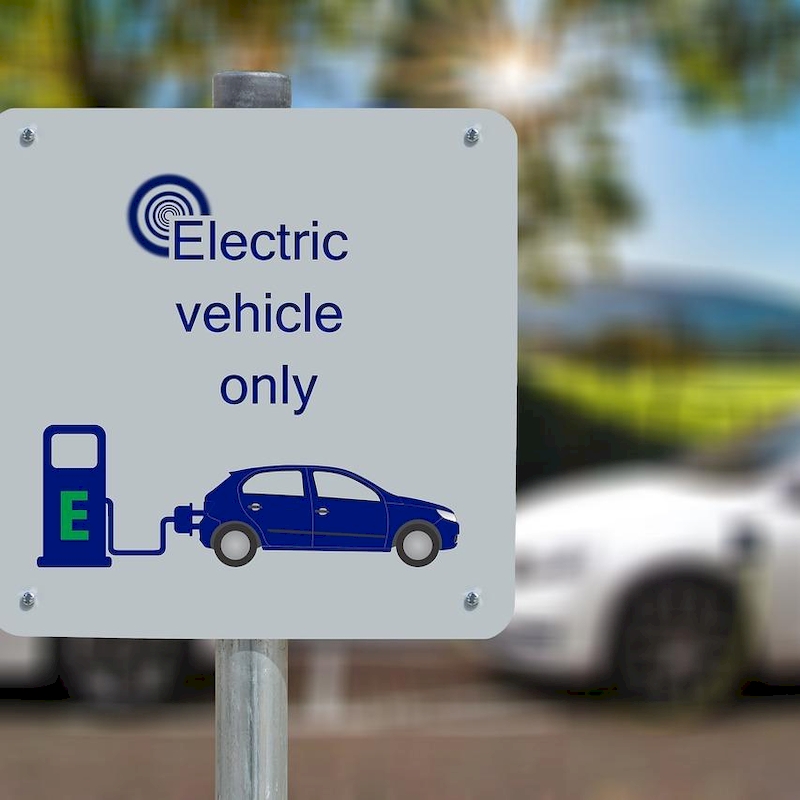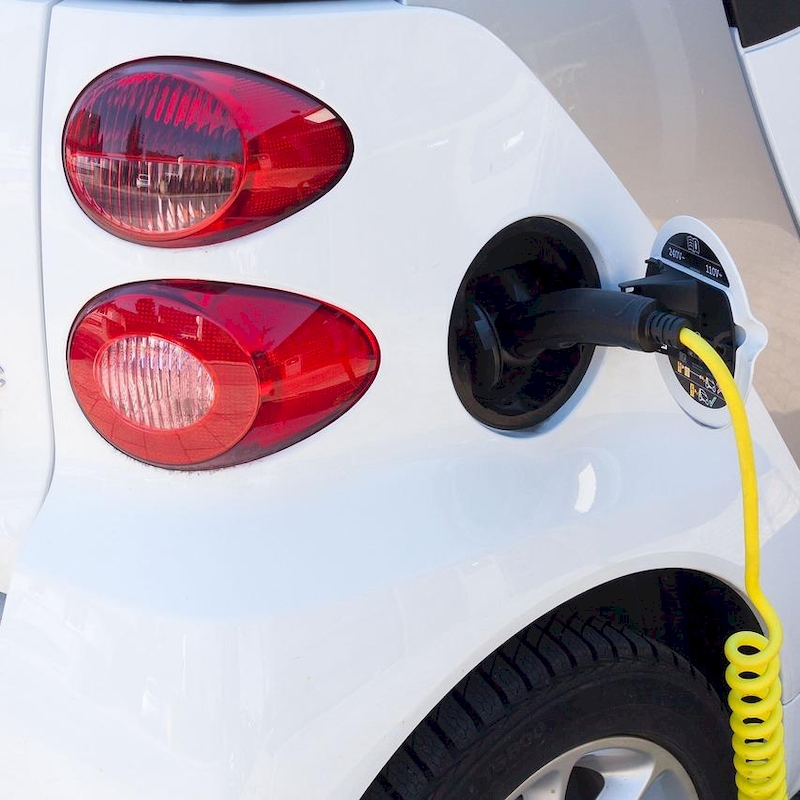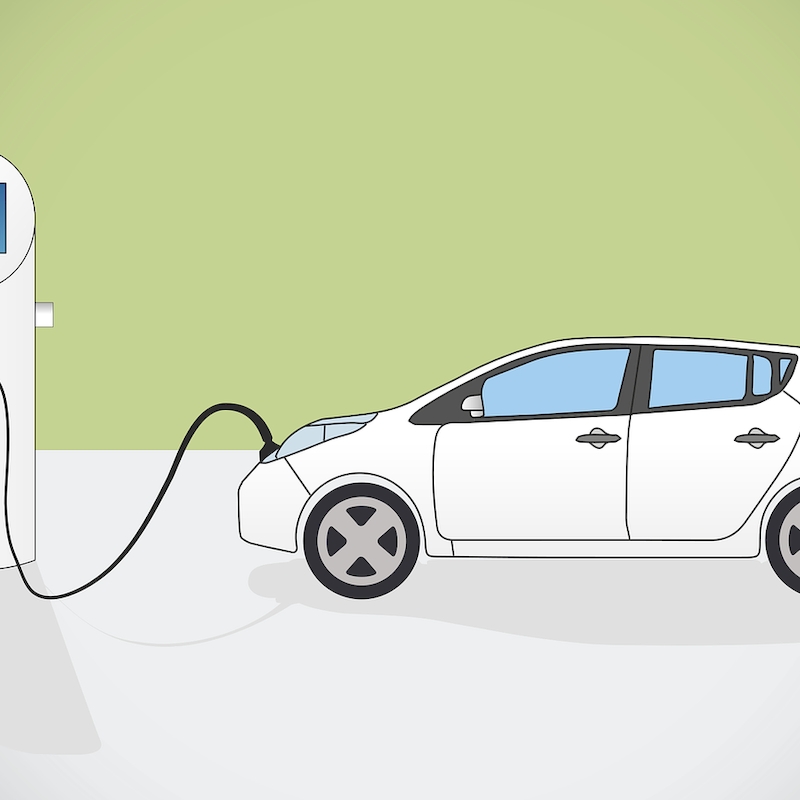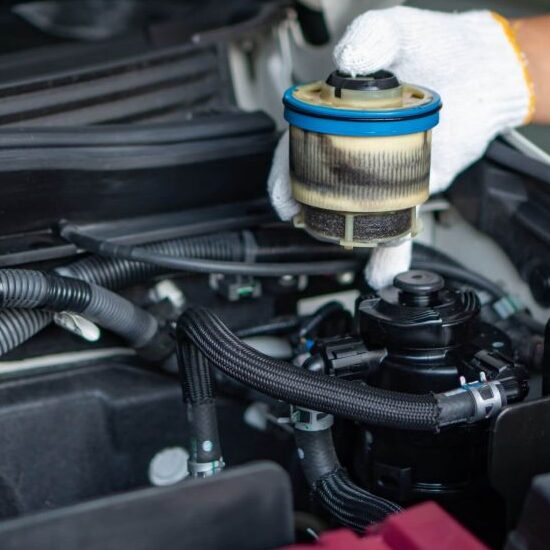Introduction
The shift towards electric vehicles (EVs) marks a significant change in the automotive industry. As a cleaner alternative to traditional internal combustion engines, electric vehicles are becoming more commonplace on our roads. But as technology advances, it raises numerous questions about the operation and safety of EVs. One critical aspect to consider is the high-voltage components within these vehicles. In this article, we will explore what components of electric vehicle are considered high voltage, their functions, associated safety measures, and their implications for users and manufacturers alike. Explore the critical components of electric vehicles that are considered high voltage. Understand their role in EVs and safety measures in this detailed guide.

Understanding High Voltage in Electric Vehicles
Before delving into the components, it’s important to understand what is classified as high voltage in electrfic vehicles. High voltage typically refers to electrical systems operating above 60 volts DC (direct current) or 30 volts AC (alternating current). Given this definition, electric vehicles utilize high voltage in various aspects of their operation to improve efficiency and performance. The higher the voltage, the more efficient the energy transfer, which is crucial for maximizing battery range, power output, and overall performance.
Key High Voltage Components in Electric Vehicles
Battery Pack
The battery pack is the heart of every electric vehicle. Most EVs use lithium-ion battery technology, which provides higher energy density and efficiency compared to older technologies like lead-acid batteries.
Voltage Characteristics
- EV batteries can operate at voltages that typically range from 200 to 800 volts or more, depending on the vehicle’s design and power requirements.
- For example, Tesla’s Model S operates at around 400 volts, while other manufacturers, like Porsche, have models that reach 800 volts for better performance and rapid charging capabilities.
Role and Function
- The battery pack stores energy that powers the electric motor and other electronic components of the vehicle.
- It features multiple cells connected in series and parallel configurations to achieve the desired voltage and capacity.
Electric Motor
The electric motor is another crucial high-voltage component in electric vehicles. It converts the electrical energy provided by the battery into mechanical energy to drive the vehicle’s wheels.
Voltage Characteristics
- Electric motors in modern EVs typically operate at voltage levels similar to those of the battery packs, ranging mostly between 200 to 800 volts.
Role and Function
- Depending on the design, an electric motor can either be a permanent magnet synchronous motor (PMSM) or an induction motor. Each type has its advantages in terms of efficiency, torque delivery, and thermal characteristics.
- The power output of the electric motor is directly influenced by the voltage applied. Higher voltage allows for more efficient power transfer leading to better acceleration and operational range.
Inverter
The inverter plays a pivotal role in electric vehicles by converting DC electricity stored in the battery pack into AC electricity, which is needed by the electric motor.
Voltage Characteristics
- Inverters in high-voltage electric vehicles must handle inputs from the battery pack’s high voltage levels, ensuring that the motor receives the required operational voltage.
Role and Function
- This component not only converts the voltage but also controls the frequency and amplitude, effectively managing the performance of the electric motor.
- In many designs, the inverter may also be integrated with the electric motor for efficiency.
Charging System
The charging system in an electric vehicle consists of several components that allow the vehicle to recharge its battery pack.
Voltage Characteristics
- Depending on the type of charger (Level 1, Level 2, or DC fast charging), the voltages can vary significantly. Level 2 home chargers typically provide 240 volts, while DC fast chargers can operate at 400 volts or higher.
Role and Function
- EVs often come with onboard chargers that manage the power intake from the charging station. This system ensures that the battery receives appropriate charge levels based on its condition and the charger’s specifications.
High Voltage Cables and Connectors
Cables and connectors carry high voltage from the battery to different components such as the inverter and electric motor.
Voltage Characteristics
- These cables are explicitly designed to handle the high voltage present in electric vehicles, typically rated for voltages upwards of 600 volts.
Role and Function
- High voltage cables help minimize power loss and improve efficiency. Insulation materials and designs are critical to prevent leaks and ensure safety in operation.
- Connectors also come with safety interlocks to prevent accidental connections and arcing, ensuring a safe user experience.
Thermal Management Systems
With the presence of high voltage components, especially the battery pack and electric motor, effective thermal management becomes crucial. These systems aid in controlling temperatures to maintain performance and safeguard against overheating.
Voltage Characteristics
- While thermal management systems themselves may not operate under high voltage, they are essential as they directly affect the performance of high-voltage systems.
Role and Function
- Most electric vehicles utilize liquid cooling systems to circulate coolant through the batteries and motors, maintaining optimal operating temperatures, especially during heavy usage or fast charging.
Safety Implications of High Voltage Components
As electric vehicles become more prevalent, understanding the safety implications of high voltage systems becomes essential for manufacturers, service personnel, and consumers.
Understanding High Voltage Risks
- Electric Shock: High voltage systems pose a shock hazard to untrained individuals. It is vital for maintenance and repair to be conducted by certified technicians.
- Fire Risks: Damaged batteries can lead to thermal runaway, a condition where the battery overheats and potentially ignites. Therefore, rigorous safety standards for packaging and protecting these components are essential.
Safety Standards and Protocols
Automotive manufacturers must comply with safety protocols and standards set by organizations such as the Society of Automotive Engineers (SAE), International Electrotechnical Commission (IEC), and the National Highway Traffic Safety Administration (NHTSA).
- Insulation and Containment: High voltage cabling and battery packs are typically housed in specially designed enclosures to provide insulation and minimize risks.
- Deploying Emergency Systems: EVs are often designed with safety systems that can isolate high voltage components in case of an accident, preventing further damage or danger.
Consumer Awareness and Education
For consumers, it is crucial to understand the potential risks and proper usage related to high voltage in electric vehicles.
- Basic Knowledge: Learning how to safely handle your electric vehicle and what to do in case of an emergency can significantly mitigate risks.
- Manufacturer Guidance: Always refer to your vehicle’s manual for guidance on safety and maintenance, particularly regarding high voltage systems.
Future Trends and High Voltage Technology in EVs
The electric vehicle landscape is evolving rapidly, with advancements in technology continually shaping the industry. High voltage systems are a crucial area where innovation is taking place.
Enhancements in Battery Technology
- Emerging technologies in battery development are focusing on increasing voltage levels while maintaining safety and efficiency. Solid-state batteries, for instance, offer the possibility of higher voltage capacities with reduced risks compared to traditional lithium-ion batteries.
Intelligent Power Management Systems
- As electric vehicles become more complex, the development in intelligent power management systems is key. Future systems may optimize power distribution between high voltage components for enhanced efficiency and performance.
Enhanced Charging Solutions
- Charging infrastructure is also evolving, with innovations such as ultra-fast charging capabilities and vehicle-to-grid technologies that allow EVs to supply energy back to the grid, necessitating a deeper understanding of high voltage dynamics in EVs
Conclusion
The components of electric vehicles that are considered high voltage represent a crucial aspect of understanding how these innovative vehicles operate. From the sophisticated battery packs to the electric motors and backed by robust safety systems, the interplay of high voltage components defines the performance, efficiency, and safety of electric vehicles. As the industry evolves, the challenges associated with high voltage technology will become focal points for research and development, paving the way for innovation and sustainability in automotive transport.
Moreover, the future of electric vehicles will rely on advancements in high voltage systems, fostering improvements in efficiency, infrastructure, and integration with alternative energy sources. The ongoing progress in this field promises to shape not only the electric vehicle market but also the broader landscape of transportation and energy consumption in the coming years.
As we continue to navigate the complexities and opportunities brought forth by electric vehicle technology, understanding the components that underpin high voltage systems will be vital for both users and industry professionals alike.




